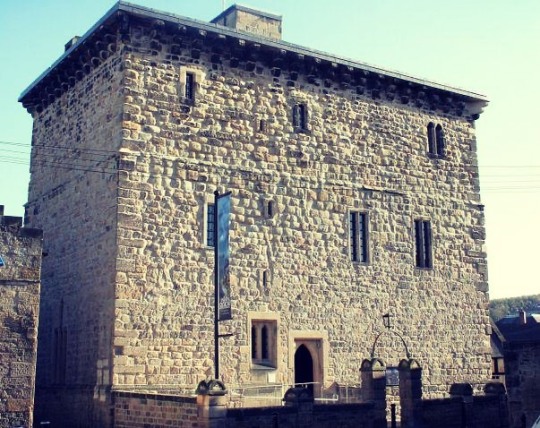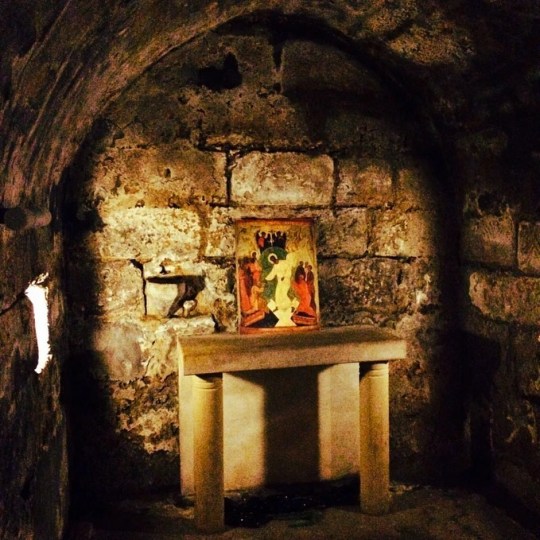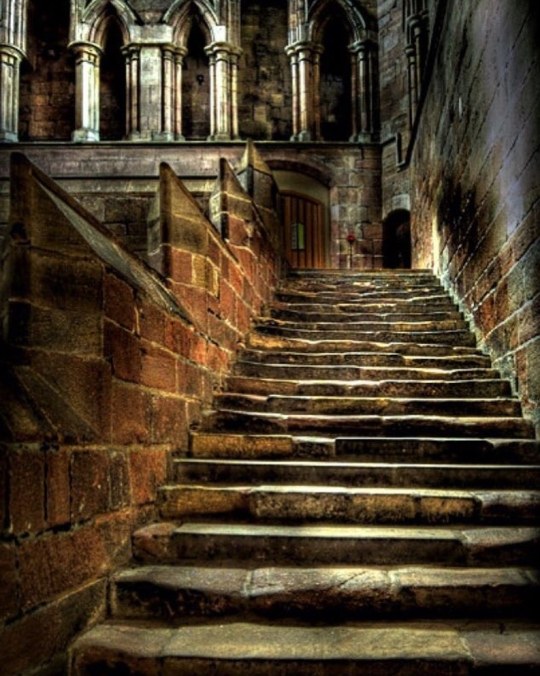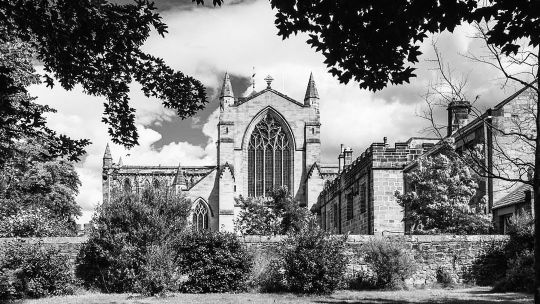Photo

The Beaumont Hotel. Eat, Drink, Stay! https://www.instagram.com/p/CqFTJnNNSiS/?igshid=NGJjMDIxMWI=
0 notes
Photo

Carvings in the Abbey https://www.instagram.com/p/CqFS00INWap/?igshid=NGJjMDIxMWI=
0 notes
Photo

Hexham Moot Hall. This hall was built in the 14th or early 15th century. It is on the site of an earlier (pre-1355) Moot Hall. It also housed a chapel, gaol and until 1838 a court. https://www.instagram.com/p/Cp97I0Ntr3V/?igshid=NGJjMDIxMWI=
0 notes
Photo

The Old Goal. The oldest purpose built prison in England. https://www.instagram.com/p/Cp8JR4qNf1T/?igshid=NGJjMDIxMWI=
0 notes
Photo

St. Wilfred’s crypt in Hexham Abbey https://www.instagram.com/p/Cp5-twLNvxS/?igshid=NGJjMDIxMWI=
0 notes
Photo

Acca was Bishop of Hexham between 709 and 732. He had been Wilfrid's loyal companion, and succeeded him as Abbot and Bishop. He devoted his time to building the faith in Northumbria, continuing Wilfrid's work to create a great centre of Christian worship and learning in Hexham. The vibrant musical life of the Abbey today can trace its roots back to Acca: he was an accomplished musician as well as an outstanding theologian, and he was determined that music and liturgy in Hexham should be as fine as anywhere in Europe. The Cross that we see today is not complete, and what remains has been re-assembled from several fragments. The two top pieces of the Cross were rescued from the foundations of a warehouse near the site of St Mary's Church in the Market Place, adjacent to the Abbey; and the lower section spent some time serving as the lintel over a farmhouse door in nearby Dilston! Centuries of exposure have eroded the carved decoration of the cross, and the colour that originally enriched it has long since disappeared. But it is still possible to appreciate the dedication of the craftsmen who created it, and who employed their new-found skills to adorn it with the vine scroll, leaves and fruit that we can still see today. https://www.instagram.com/p/Cp5fRNmtGdv/?igshid=NGJjMDIxMWI=
0 notes
Photo

The Flavinus Tombstone. This memorial slab, which stands nearly nine feet high, was found in 1881 under part of the floor of the Abbey. It is the largest example of its kind to have been found in England. The tombstone is dedicated to Flavinus, and the carved inscription translates as: To the Venerated Departed: Here Lies Flavinus A Horse Rider of the Cavalry Regiment of Petriana Standard Bearer of the Troop of Candidus Aged 25, of 7 Years’ Service The scene carved on the stone represents a mounted soldier riding over a prostrate barbarian. The soldier is wearing a helmet with a high crest and plume; round his neck is a torque, which indicates his high rank. He is carrying a standard, which displays the sun god in a circle. The barbarian, by contrast, is naked and carries a large oval shield and a short, leaf-shaped sword. It is not known where this memorial stone originated, but it is likely that it came from the remains of the Roman settlement at Corbridge, as did most of the stone used to build Wilfrid’s original church. https://www.instagram.com/p/Cp45dxDtxj_/?igshid=NGJjMDIxMWI=
0 notes
Photo

The Night Stair. Thirty five stone steps rise from the south transept of Hexham Abbey, worn by constant use since the 13th century. https://www.instagram.com/p/Cp42mgbtZ7V/?igshid=NGJjMDIxMWI=
1 note
·
View note
